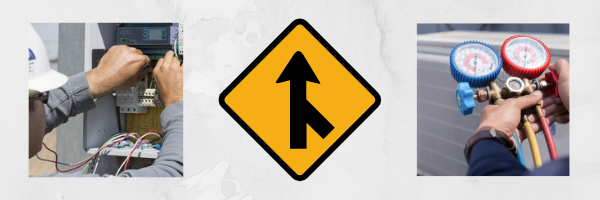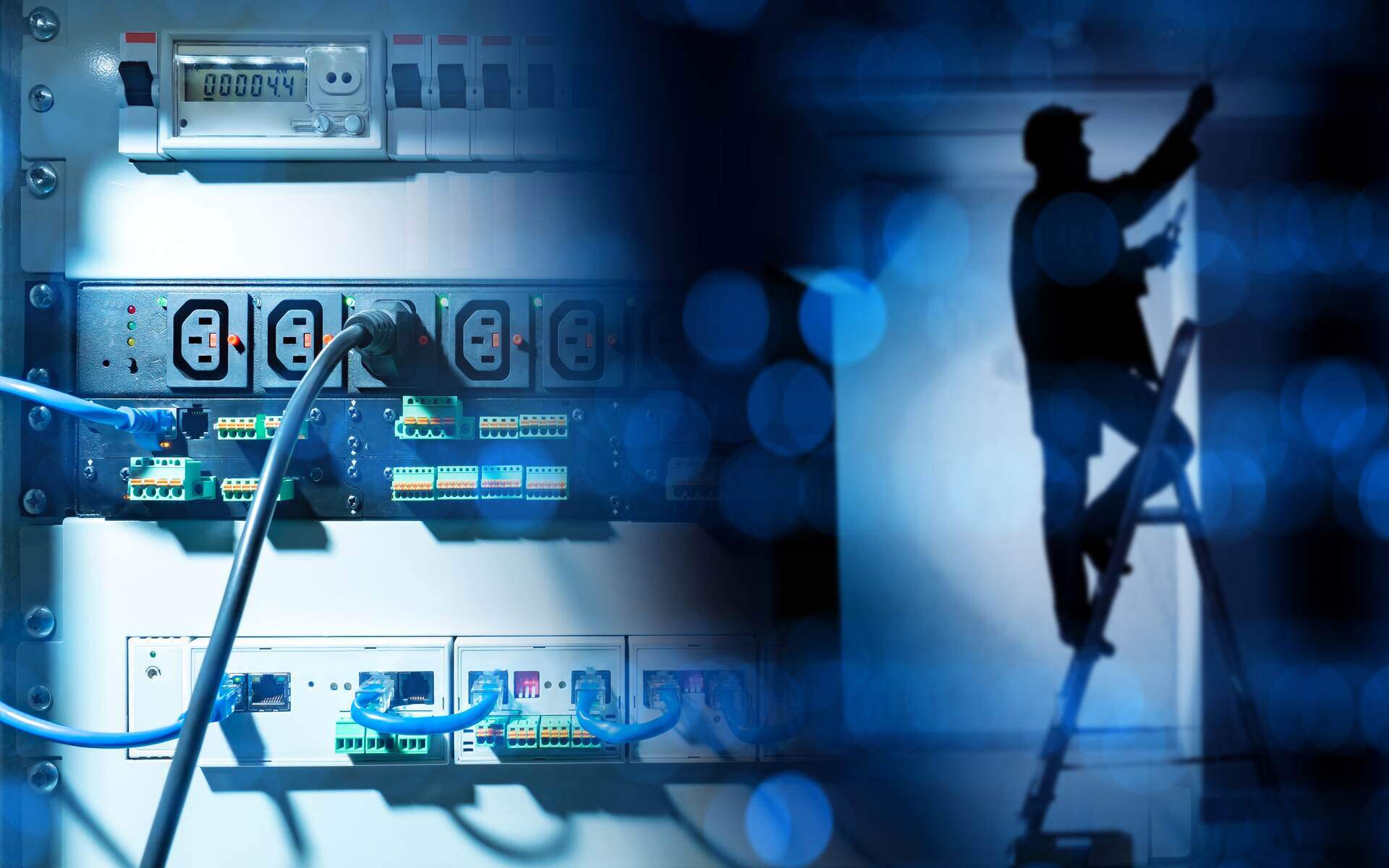M&A of HVAC and Electrical Contractors
 Will Electrification Spur Consolidation of HVAC and Electrical Contractors?
Will Electrification Spur Consolidation of HVAC and Electrical Contractors?
3 MIN. READ
As electrification accelerates, its effects on established industries are on the rise. The electrification trend is transforming the relationship between electrical and HVAC contractors as HVAC shifts away from natural gas and toward electricity.
Executive summary
Electrification promises to drive increased M&A (mergers and acquisitions) activity between electrical and HVAC contractors. This article aims to survey the changing environment for HVAC contractor CEOs and ask whether it is time for these contractors to join forces more formally through mergers and acquisitions.
HVAC and electrical contractors are feeling the effects of electrification
The electrification trend is driving significant changes in the HVAC industry. While HVAC contractors are still in the business of heating, cooling, and moving air in homes and buildings, the fuel that powers HVAC equipment is transitioning from fossil fuels to electric.
Multi-use electric heat pumps are replacing the air conditioners, furnaces, and boilers that were the primary tools of HVAC contractors. As a result, electrification has changed the focus of many HVAC projects to electrical work.
Electricians are taking a much more significant role in HVAC projects as heat pumps begin to replace fossil-fuel-powered furnaces and conventional air conditioners. As a result, HVAC contractors find themselves at a transition point and will have to adjust their roles accordingly.
The HVAC contracting business is ripe for consolidation. It is highly fragmented, with many small, local players performing the bulk of the work, especially for residential construction. The electrical contracting industry is already consolidating, and bigger is seen as better to handle larger jobs while enjoying economies of scale.
To thrive in this new environment, HVAC contractors will need to adapt. They'll need to shift their focus from conventional HVAC equipment and work more closely with electrical contractors or acquire electrical skills themselves. Perhaps the best way to negotiate this new electrified HVAC landscape is through close partnerships with electrical contractors or even M&A activity.
HVAC and electrical contractors work in fragmented industries
Electrical and HVAC contractors work in industries that have traditionally been fragmented, especially on the residential side. Most contractors in both sectors work independently or for small mom-and-pop operations.
The HVAC sector is highly fragmented. The largest HVAC contractor in the U.S. has an estimated $200 million in revenue, or about 0.2% of the total market. Combined with the industry's rapid growth, consolidation is highly likely.
The electrical sector is also fragmented, and the vast majority of electrical contractors are less than $20M in revenue. It, too, is growing and favors M&A.
Benefits of consolidation
Consolidating many small electrical and HVAC contractors into larger ones with more capabilities and a more significant footprint can lead to benefits. Larger organizations can cut redundancies, create efficiencies, and offer a broader range of products and services.
For instance, more prominent companies enjoy economies of scale and greater purchasing power. They can leverage back-office functions, and a bigger budget can net better discounts. A company offering HVAC and electrical services provides one-stop shopping, along with better service and simplified billing.
Larger contractors can unify electrical and HVAC projects for tighter coordination, and the streamlined operations of a more prominent company promise to increase efficiency and reduce costs.
Potential strategies for HVAC CEOs
To compete, HVAC CEOs must adjust to new market realities, including the electrification trend. HVAC CEOs have several options they can pursue. Company size and market share will affect the choice of strategy and local market conditions.
Of course, a merger or acquisition is one strategy, but others may do the trick short of M&A activity. These may also be combined, depending on the contractor's circumstances.
- Hire electricians internally. Hiring new employees can increase costs but hiring internally is a solid and viable approach.
- Subcontract electricians on a per-job basis. This approach is most likely the fastest but provides less control than hiring electricians permanently.
- Entering a partnership or joint venture could be an ongoing strategy or trial for a merger or acquisition. In some cases, partnerships may already be in place and could be expanded.
Explore procurement and supply chain management for electrical equipment
To adjust to these new market conditions, HVAC CEOs should build a strategy to change the overlap between electrical and HVAC scopes of work in new projects. As the electrical aspects of HVAC projects continue to expand, competence in the procurement and supply chain management of heat pumps and other electrical equipment is a must.
Raiven has solutions for HVAC CEOs
Raiven serves HVAC and electrical contractors with the lowest prices on equipment, parts, and materials as well as a purchasing platform that makes buying fast and efficient. Key benefits include:
- Pre-negotiated discounts of 7-25%+ from industry-leading suppliers like Carrier, Ferguson, Grainger, Graybar, and more.
- Supply chain alerts for price and product availability changes on the supplies that matter to you most.
- Private marketplace houses all your preferred suppliers in one location for easy access to your discounts. No more bouncing around websites comparing prices.
- AI-powered purchasing tools that find the lowest prices even when employees shop outside your preferred suppliers.
Raiven is your one stop to save time and money. Visit Raiven to learn what we can do for you.


